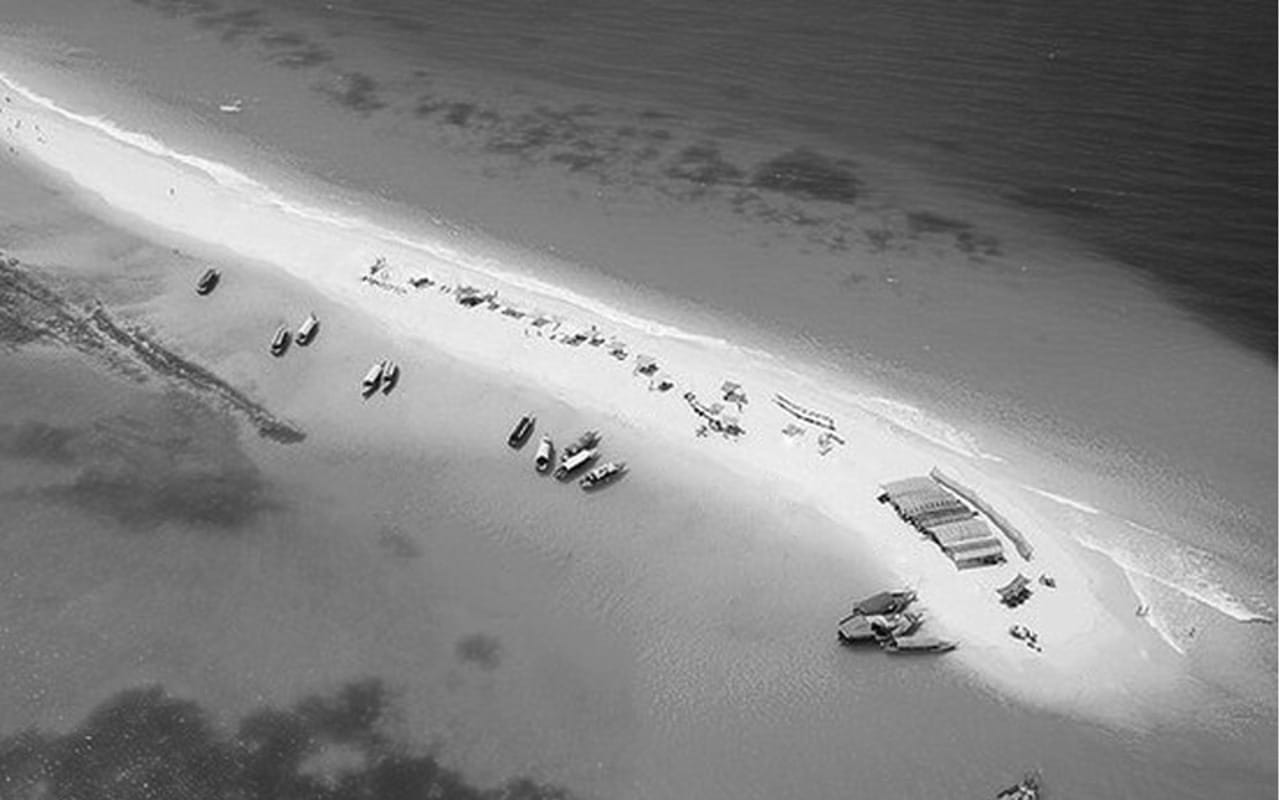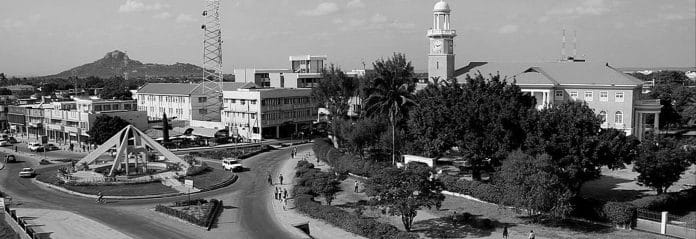Exploring the Geographic Position of Tanzania: Unveiling its Location on the World Map
Tanzania, a country located in East Africa, is renowned for its diverse wildlife, stunning landscapes, and rich cultural heritage. To truly appreciate the beauty and significance of this nation, it is essential to understand its geographic position in relation to the rest of the world. By exploring Tanzania location on the world map, we can gain a deeper understanding of its global context and appreciate the factors that shape its identity.
Understanding the world map and its significance
The world map is a powerful tool that allows us to visualize the vastness of our planet and comprehend the spatial relationships between different regions and countries. It provides us with a comprehensive view of the Earth’s surface and helps us understand how various locations are connected. By studying the world map, we can explore the geopolitical, cultural, and ecological aspects that contribute to the uniqueness of different regions, including Tanzania.
Location of Tanzania on the world map
Where is Tanzania located on the world map? To locate Tanzania in world map, we must first identify its coordinates. Tanzania is situated between latitudes 1°S and 12°S and longitudes 30°E and 40°E. It shares borders with eight countries, including Kenya, Uganda, Rwanda, Burundi, Democratic Republic of the Congo, Zambia, Malawi, and Mozambique. By locating Tanzania on the world map, we can appreciate its strategic position within the African continent.
Tanzania in world map location in relation to neighboring countries
Tanzania’s geographical location plays a significant role in its relationships with neighboring countries. Its proximity to Kenya, for example, facilitates trade and cultural exchange between the two nations. Similarly, Tanzania’s border with Uganda allows for easy movement of people and goods, fostering economic cooperation and regional integration. Understanding Tanzania’s location in relation to its neighbors gives us insight into the interconnectedness of East African countries.
Geographic features and landmarks of Tanzania
Tanzania is blessed with a diverse range of geographic features and landmarks that contribute to its natural beauty. Mount Kilimanjaro, Africa’s highest peak, is located in northeastern Tanzania. The Serengeti National Park, known for its annual wildebeest migration, is another iconic landmark situated in the northern part of the country. The breathtaking Ngorongoro Crater and the exotic Zanzibar archipelago further enhance Tanzania’s appeal as a tourist destination.
Exploring Tanzania’s geographical diversity

Tanzania’s geographical diversity is truly remarkable. From the snow-capped peaks of Mount Kilimanjaro to the vast savannahs of the Serengeti, from the pristine beaches of Zanzibar to the lush greenery of the Usambara Mountains, this country offers a wealth of natural wonders to explore. Its diverse landscapes provide habitats for a wide array of wildlife, making Tanzania a haven for nature enthusiasts and adventure seekers.
Tanzania’s position in global trade and transportation
Tanzania’s location on the eastern coast of Africa gives it a strategic advantage in terms of global trade and transportation. Its ports, such as Dar es Salaam and Zanzibar, serve as vital gateways for goods entering and leaving the region. These ports facilitate trade not only within East Africa but also with other parts of the world. Tanzania’s position as a key transportation hub in the region contributes to its economic growth and development.
The impact of Tanzania’s location on tourism
Tanzania’s location on the world map has a profound impact on its tourism industry. The country’s natural beauty, wildlife, and cultural heritage attract millions of visitors each year. Its proximity to iconic destinations such as Mount Kilimanjaro and the Serengeti makes it easily accessible for travelers from around the globe. Tanzania’s location on the eastern coast of Africa also allows visitors to combine their trip with a relaxing beach getaway on the enchanting Zanzibar Island.
Interesting facts about Tanzania’s location on the world map

Did you know that Tanzania is home to Lake Victoria, the largest lake in Africa and the second-largest freshwater lake in the world? Its location in the northwestern part of the country adds to Tanzania’s geographical significance. Furthermore, Tanzania is crossed by the equator, making it one of the few countries in the world that lies in both the Northern and Southern Hemispheres. These interesting facts highlight the unique position of Tanzania on the world map.
Tanzania’s unique position in the world
Where is Tanzania located in the world map? This is no longer a puzzle for you. Tanzania’s geographic position on the world map is a key factor in shaping its identity and significance. Its location in East Africa, surrounded by diverse landscapes and neighboring countries, contributes to its cultural, ecological, and economic richness. By understanding Tanzania’s place on the world map, we can appreciate the beauty and importance of this remarkable country. So, next time you explore the world map, take a moment to locate Tanzania and marvel at its unique position on our planet.
For more articles related to regions of Tanzania click here!
































